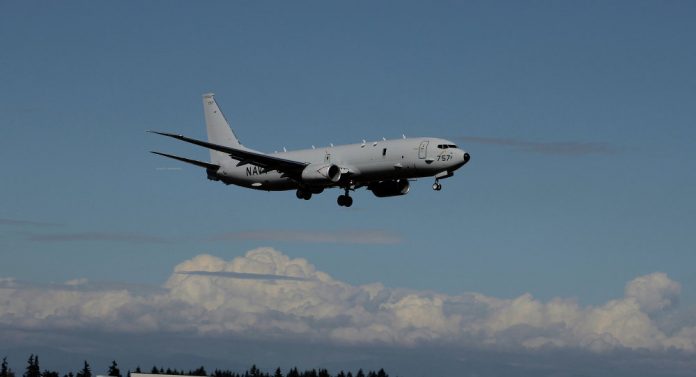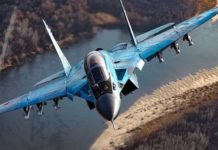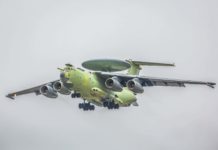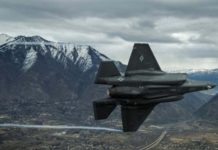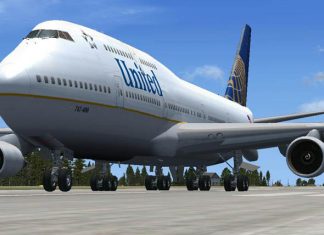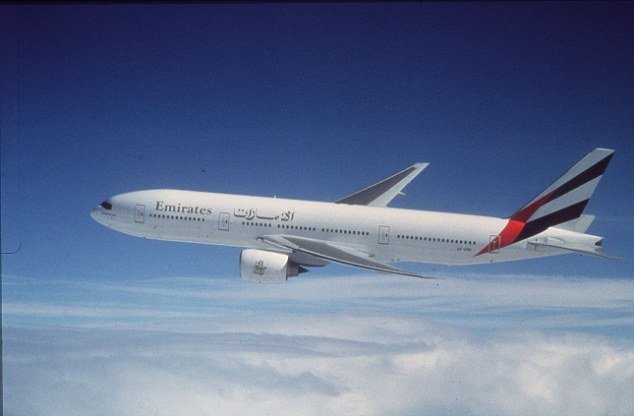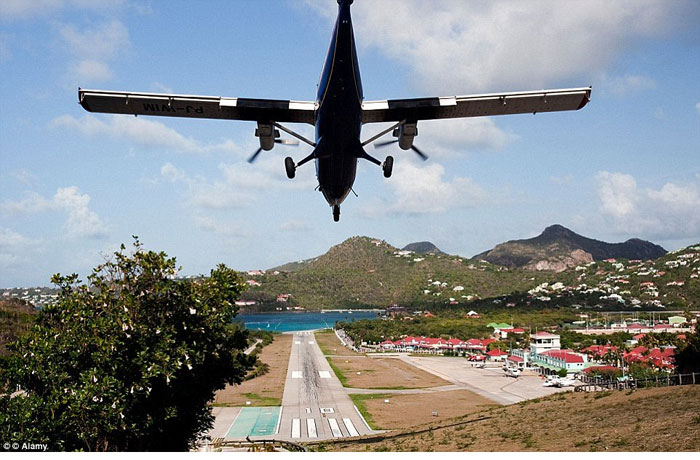United Kingdom order two P-8As Poseidon maritime surveillance aircraft from Boeing under the US Foreign Military Sales program, the US Department of Defense announced.
Work on the contract is expected to be completed by July 2017, the Defense Department noted.
“The Boeing Company [of] Seattle, Washington, is being awarded a $68.4 million… contract… for long-lead parts and efforts associated with the manufacture of two… P-8A Multi-mission Maritime Aircraft for the government of United Kingdom,” the announcement said on Thursday.
The P-8 Poseidon is a maritime patrol aircraft designed by Boeing for the US Navy to detect submarines and conduct long-range anti-submarine warfare, anti-surface warfare and intelligence, surveillance and reconnaissance.
Poseidon is able to carry out a surprise attack that distance can be extended by refueling in the air. Official figures mentioned Australian Navy, one of the international customers of P-8, this plane can stay in the air for 4 hours at around 2200km from the base. So the range of about 7500km by considering the cruising speed of 850kph.
The biggest advantage P-8 is a faster transit time between the base and the station, this translates into a more rapid onset and more time at the station. The aircraft is powered by two CFM-56-7B engines like other jets of 737-NG family. This engine produces a combined thrust 240KN and has proved to offer greater efficiency at low levels.
The main sensor is a multi radar AN / APY-10 mounted on the nose. Radar is mainly used for maritime surveillance and can detect surface targets up to a distance of 370 kilometers. Radar can also be used for soil mapping, Isar, target identification and so on. P-8I (variant to India) have additional search mode.
Array ESM is installed between the main landing gear in a special place. Internally, P-8 has five operator stations to process all the information coming from the sensors. Moreover, Poseidon can carry the AN / APS-149 LSR (Littoral Surveillance Radar System), AESA radars are very sensitive.
This tool is designed specifically to work in the coastal areas and sensitive enough to detect a group of ships. It can provide high-resolution images to support SAR and ISAR mode so that the target can be easily identified without sensor EO / IR. Another mysterious pod seen being tested on the P-8I that possibility is an array SIGINT.
The aircraft carrying 120 sonobuoys that can be deployed using five tubes at the rear of the plane. For comparison, the P-3C brings 84, Nimord MR2 carried out 62 and P-1 carrying 107.
P-8A also can carry 10 tons of ordnance on 11 hardpoints (four under the wings, two in the wing base and 5 in the weapons bay).

